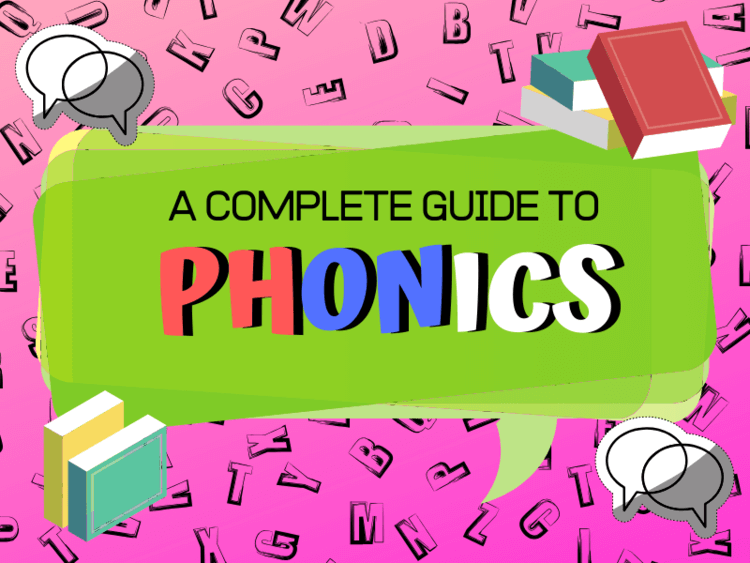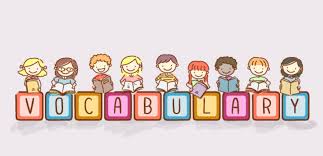Fusion SEND Hub have produced short videos, resources and information to introduce you to various special educational disabilities and difficulties
Inclusive practice for dyslexic learners

The School Reading List is an excellent website that suggests reading books for primary and secondary age children. Reading for pleasure is key to maintaining a child’s appetite for books, learning and improving reading ability. Children who are immersed in a ‘reading for pleasure’ culture from an early age are far more likely to transition to secondary school with a bedrock of literacy ability and enquiring minds. The School Reading List regularly updates their reading book lists. Please follow the link below:
https://schoolreadinglist.co.uk/category/reading-lists-for-primary-school-pupils/

Dyslexia Article by Alice Dunn (writer and journalist) on the rewards and challenges of writing with dyslexia
This article appeared in “Writing Magazine” and is written by Alice Dunn, writer and a journalist, from the perspective of someone who has dyslexia.
In the article, Alice outlines the things she finds difficult and frustrating but also the strategies she uses to help her do what she wants to do – write. Dyslexia Article | Alice Dunn

Velcro Sentence Mat
The Velcro Sentence Mat is a practical, adaptable and cheap-to-make writing scaffold for pupils working at early levels in writing. The resource includes velcro strips and stick-on cards for words and punctuation. This would be an ideal resource for working one-to-one or in small groups with children with higher needs, as well as young children. It allows the adult to adapt the level of scaffolding they wish to provide, so they can ensure the pupil(s) receive enough support to access tasks while avoiding the pitfalls of over-scaffolding. The link below is a short video showing how the resource can be used.
https://fusiontsa.sharepoint.com/:v:/g/EYnIGkrVk9dPiHM2QF1nqw8B-ba06tHtFUbky99MzAwgIA?e=Yd7Lz5

Phonemic Awareness Improves Reading Fluency
Literacyideas.com is a website determined to improve the literacy skills of all who visit. This complete guide to teaching phonics would be useful for Key Stage 2 teachers who are new to teaching phonics but also helpful to Key Stage 1 teachers and Reception teachers who teach phonics on a daily basis as it includes new ideas and resources. https://literacyideas.com/how-to-teach-phonics/

Alex Quigley – The Confident Teacher
Vocabulary instruction is key to supporting many students with SEND to access the curriculum and become successful learners.
“It is a truth universally acknowledged, that vocabulary knowledge is crucial for pupils’ school success.” Alex Quigley, Three pillars of vocabulary teaching, 2021; Three Pillars of Vocabulary Teaching (theconfidentteacher.com)
Adaptive teaching, which is a significant feature of the Early Careers Framework and appears to have replaced differentiation, often requires teacher to consider how learning tasks might be broken down for students. Vocabulary instruction can play an important role to support this approach.
Alex Quigley in his recent Blog: The Confident Teacher (Adaptive Teaching and Vocabulary Instruction; Feb 23) explains the key features of this approach and provides links to further reading with practical and creative ways to teach vocabulary. Adaptive Teaching and Vocabulary Instruction (theconfidentteacher.com)

The National Literacy Trust website includes many free resources to support Literacy from Early Years to Secondary school. Examples include how to make story sacks and resources to support story telling in KS3. Although not specifically aimed at children with SEND, many of the ideas can support Quality First Teaching and planning. There are also resources to support early language development both in terms of new arrivals and for those starting Nursery.
